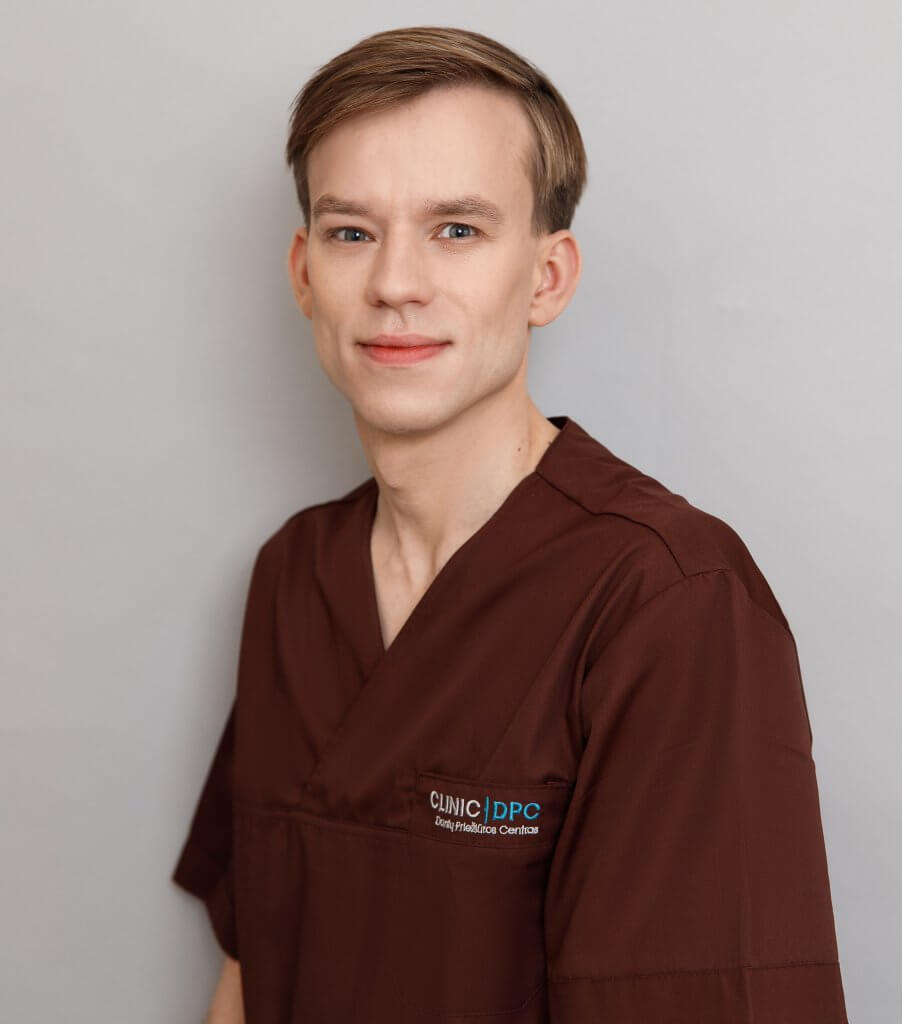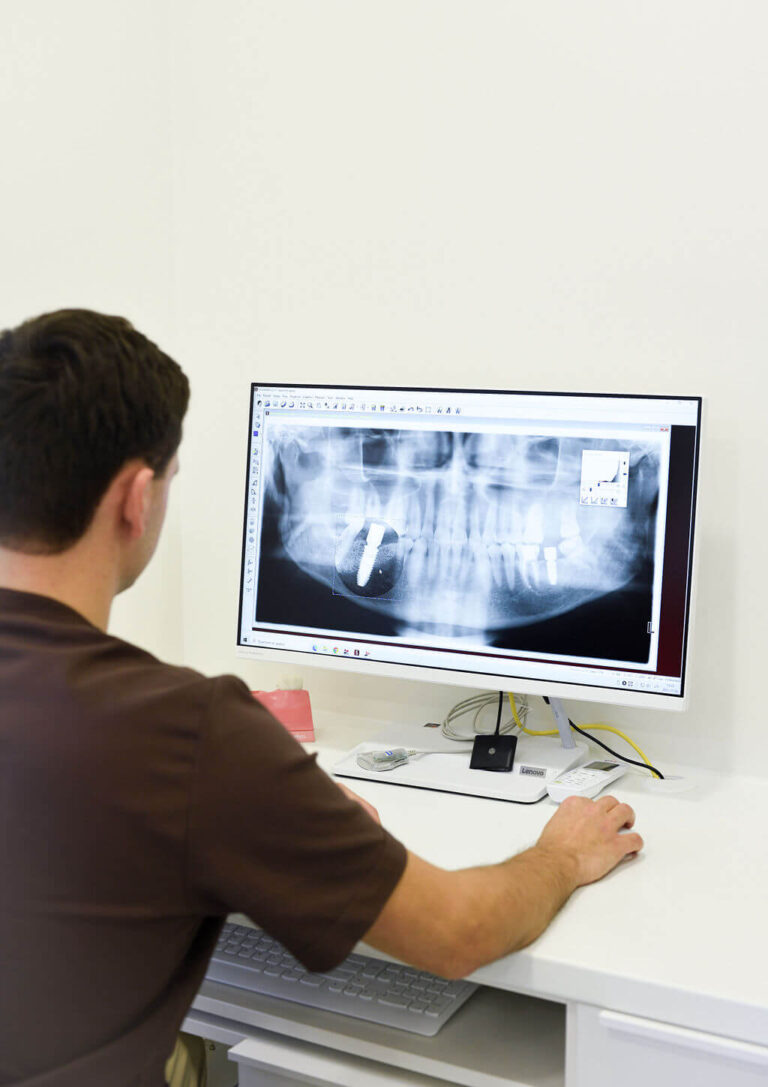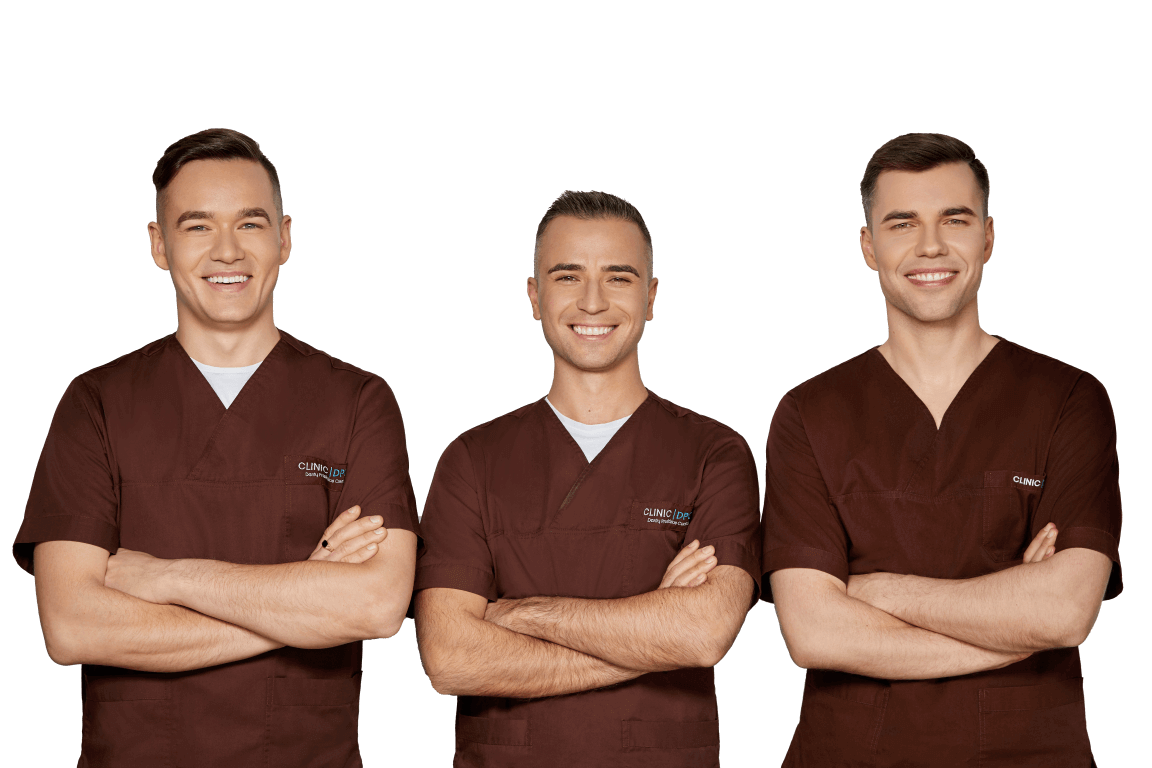People with a crooked bite, are often constrained by complexes and lack of self-confidence – unsatisfactory facial features significantly aggravate patients’ emotional state. This problem often leads not only to a deterioration in psychological health, but also to many other difficulties. Their teeth are more vulnerable to decay, they suffer from jaw pain, and they have a limited ability to express themselves. However, this problem can be solved with orthognathic jaw surgery. So what should you know before you decide to have this surgery and what kind of results can you expect? Here is what craniofacial surgeon Rokas Linkevičius, MD, CLINIC | DPC, has to say.`
Patients have constant pain
According to the doctor, there are many causes of malocclusion, which can be influenced by a variety of factors, one of them being genetics.
“The causes can be varied, and it is quite difficult to single out one factor. In many cases, it is a genetic predisposition that leads to the underdevelopment or maldevelopment of one or both jaws. Environmental factors, trauma or simply teeth that have developed irregularly can also play a role,” says R. Linkevičius.
The specialist adds that if this problem is left untreated, people often suffer from impaired function of the temporomandibular joints. This is accompanied by persistent pain, jaw clenching and limited expression. The teeth of those with this condition erode more easily and are more susceptible to decay. Chewing function is also often impaired, which can lead to digestive problems. In addition, malocclusion is also closely linked to respiratory function, meaning that the unfavorable position of the jaws and narrowed airways can lead to snoring, poor sleep quality, high blood pressure and diabetes.

Treatment takes several years
According to the doctor, before deciding on orthognathic jaw surgery, it is most important to assess the problems and discomfort caused by an irregular bite.
“It is advisable to assess whether the current situation is a real impediment to life. If so, a decision should be made about orthognathic treatment. It is not a necessary treatment that cannot be dispensed with, but in some cases it is the only treatment method that can substantially resolve the associated troublesome health problems,” says the maxillofacial surgeon at CLINIC | DPC.
When talking about this treatment, R. Linkevičius says that it combines orthodontic and surgical treatment to restore the correct position of one or both jaws. The specialist explains that orthodontic preparatory treatment is required first, when the patient has to wear dental braces or straightening caps for 1.5-2 years. After this treatment, orthognathic surgery is performed on one or both jaws, if necessary. This method of treatment allows the jaws to be fully restored to their correct shape, size and position, and the impaired function of this area to be restored. The specialist adds that the duration of orthognathic treatment usually lasts 2-3 years, and it is carried out on people who have reached the age of 18.
You can return to normal life after surgery in just a few weeks
Although the duration of orthognathic treatment may seem long, those who are committed to it can enjoy a significant improvement in their quality of life afterwards. Restoring a correct bite also helps restore normal chewing function and solves other often frustrating problems. Correction of the jaw position also changes the patient’s facial features, allowing him or her to gain more self-confidence and fall in love with his or her reflection in the mirror all over again. R. Linkevičius says that the post-operative period after orthognathic jaw surgery is not difficult, and patients can return to their normal life rhythm after a few weeks. After 3-4 months after surgery, orthodontic treatment is usually continued for 6-12 months.
“Patients can already laugh, eat and drink immediately after surgery. During the post-operative period, a soft food diet is applied – the patient cannot chew hard food for about 2-3 months while the jaws heal, and so the patient gradually returns to a normal diet. This would be one of the main aspects after such operations. The clinic also carries out frequent check-ups and follow-ups, but it is usually possible to return to normal life after 2-3 weeks,” says R. Linkevičius.
The maxillofacial surgeon adds that orthognathic treatment services are provided at the CLINIC | DPC clinic in Kaunas, but consultations are also carried out remotely, so people living in other Lithuanian or foreign cities can also consult. The specialist emphasizes that patients are first given a consultation with an orthodontist and then referred to a surgeon.





